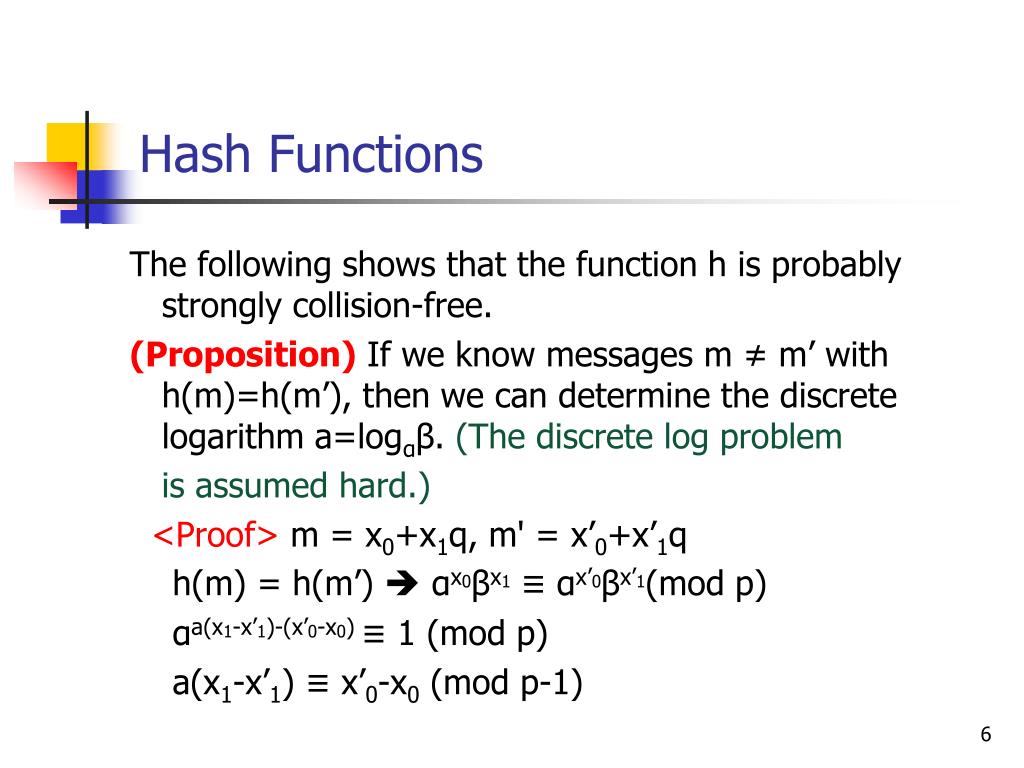In the ever-evolving landscape of cryptography, hash functions hold an essential place. Their ability to encode data into fixed-length strings while maintaining integrity and security is unparalleled. However, a question arises within the cryptographic community: Are there reversible hash functions? The answer lies in a detailed exploration of what hash functions are, their properties, and a careful analysis of the concept of reversibility in the context of these functions.
Hash functions can be broadly categorized into several types: cryptographic and non-cryptographic. Cryptographic hash functions, such as SHA-256 and MD5, are specifically designed to provide security features, including collision resistance and pre-image resistance. Non-cryptographic hash functions, on the other hand, are used for purposes such as data retrieval and checksums. The fundamental characteristic of both types, regardless of their applications, is their ability to take input data of arbitrary length and produce a fixed-length output.
The crux of hash functions lies in their properties. A well-designed hash function exhibits specific characteristics that make it suitable for various applications. These properties include:
- Determinism: The same input will always yield the same output.
- Fixed Output Length: Regardless of the input size, the output will be a consistent length.
- Fast Computation: The hash function should compute the hash value quickly, even for large inputs.
- Pre-image Resistance: Given a hash value, it should be computationally infeasible to reverse-engineer the original input.
- Collision Resistance: Two different inputs should not produce the same output hash.
When discussing reversible hash functions, it is crucial to dissect the term “reversible.” In mathematics, a function is reversible if there exists an inverse function that can return the original input from the output. For hash functions, this concept is largely incompatible with their fundamental purpose. The essence of most hash functions is their one-way nature. They are not designed to facilitate the retrieval of the original data.
The pursuit of a reversible hash function often leads to confusion between the concepts of hashing and encryption. Encryption is inherently designed for reversibility; it encodes the data in such a manner that, given the appropriate key, the original message can be retrieved. Hashing, conversely, is a process intended to obscure data irreversibly, producing a unique digest with minimal means of access to the input data.
To clarify further, some algorithms may claim to allow a form of reversibility. These often blur the lines between hashing and encryption. For instance, certain methods utilize additional data or metadata to allow the original input to be reconstructed. Such techniques, however, compromise the essential properties of hash functions, especially pre-image and collision resistance. Consequently, while one can technically design a system that behaves like a reversible hash function, it would fail to meet the stringent requirements typically expected of traditional cryptographic hashing.
The implications of creating a reversible hash function extend beyond theoretical musings. In practice, the vulnerabilities introduced by such a design can be significant. If one could reverse the hash, it would effectively undermine the security that cryptographic systems are built upon. Sensitive information, such as passwords and personal identifying details, would become more susceptible to attacks, including brute force and dictionary attacks, whereby an attacker could efficiently guess potential inputs based on their hash values.
Additionally, the math behind these functions deserves consideration. Hash functions usually deploy a variety of mathematical transformations, including modular arithmetic and bitwise operations, to produce a seemingly random output. The irreversible nature of the transformations employed is what provides the necessary security layer. Thus, re-examining these transformations for potential reversibility introduces risks that outweigh any perceived benefits.
Moreover, the concept of the hash rate is crucial in contemporary applications. It defines the number of hash functions a system can compute over a specific period. If hash functions were reversible, this rate could significantly impact the feasibility of utilizing them in resource-constrained environments. Efficiency would plummet as additional computation for the reversal process would be required, negating the performance-centric focus essential in many applications, such as blockchain technologies.
In summation, the exploration into whether reversible hash functions exist leads to a broader understanding of the principles that govern cryptography. While the idea of a reversible hash function may initially appear feasible, the inherent properties of hashing — aimed at ensuring data integrity and security — stand at odds with such a development. Reversibility contradicts the design philosophy of hash functions and compromises the very security principles they embody. In the world of cryptography, the pursuit of secure and irreversible hashing continues to reaffirm the importance of understanding the math behind these powerful tools, ensuring the future of data protection remains steadfast.








Leave a Comment